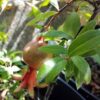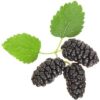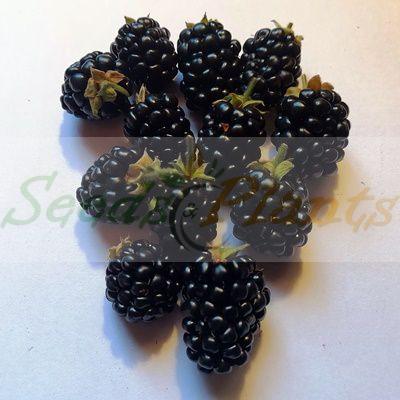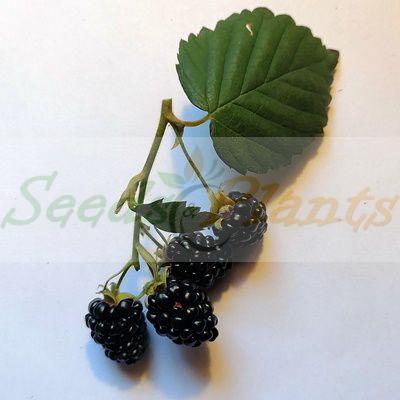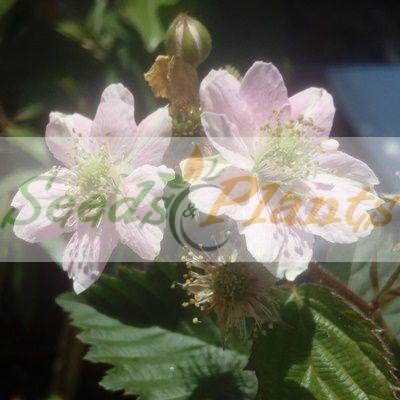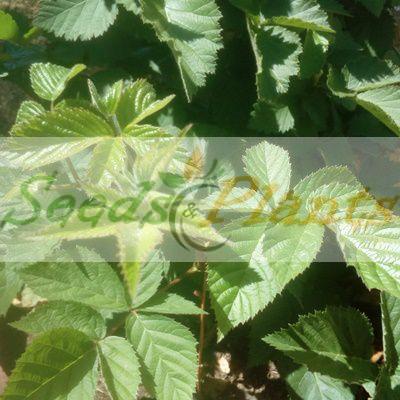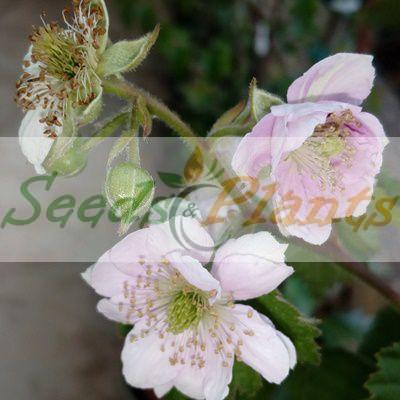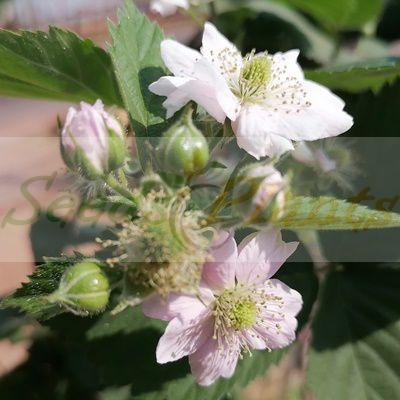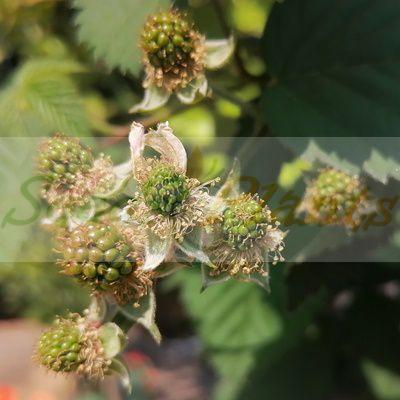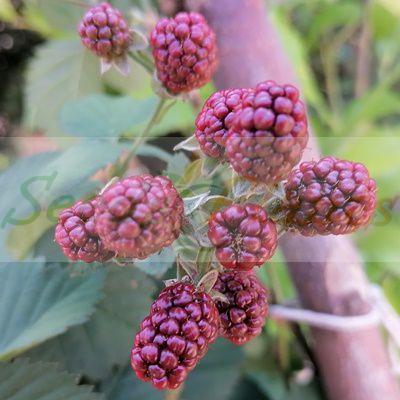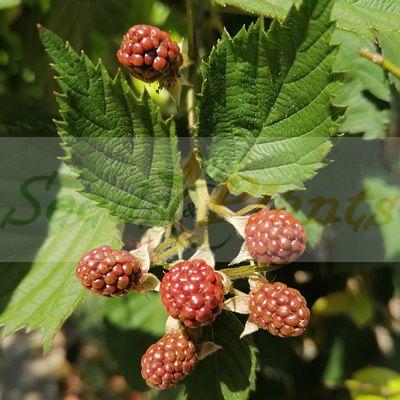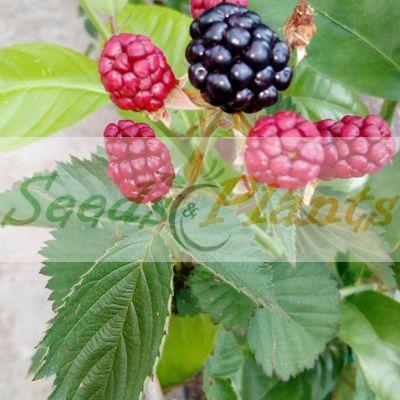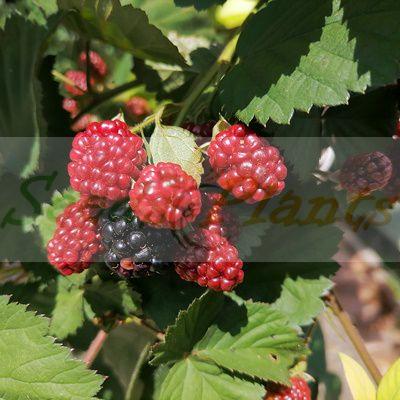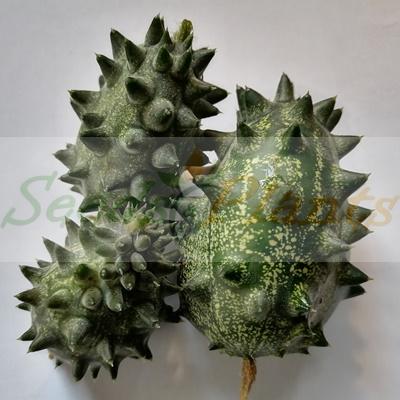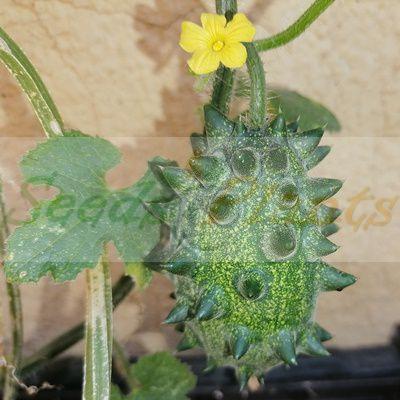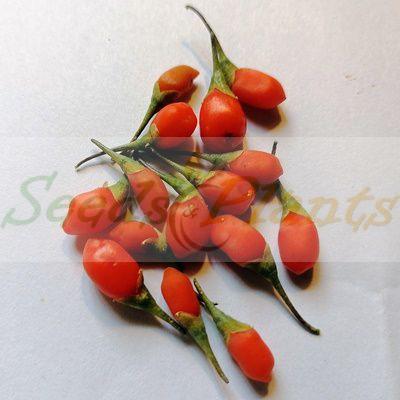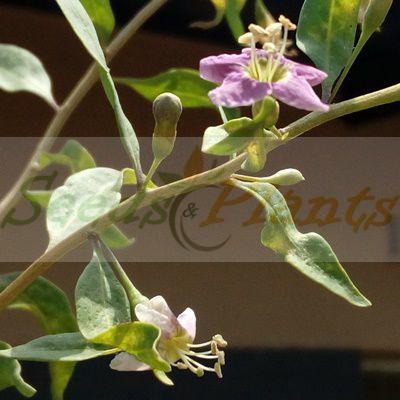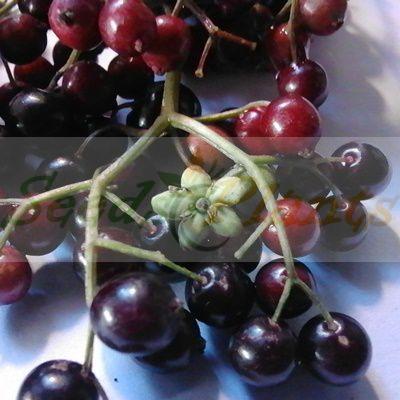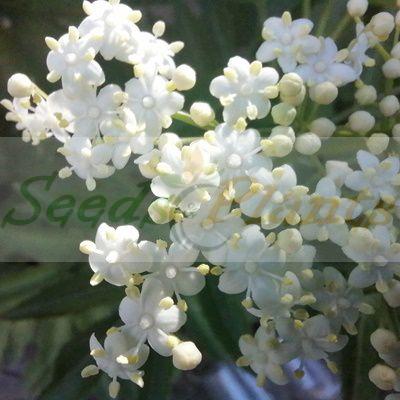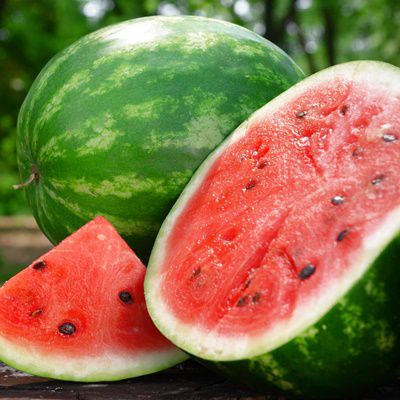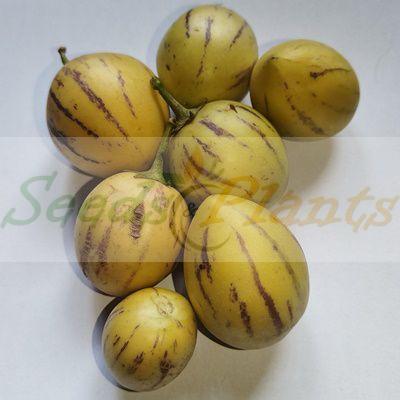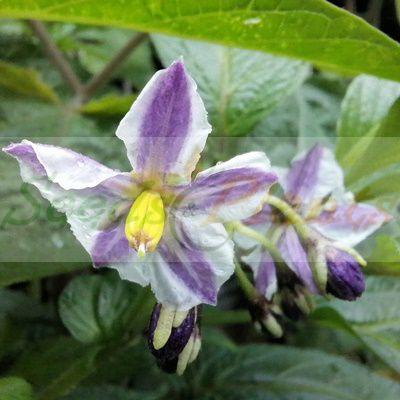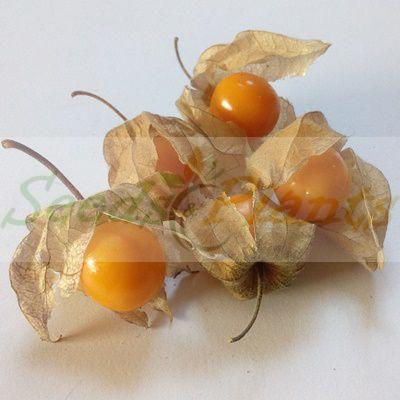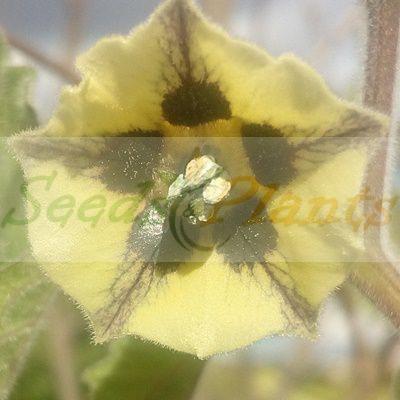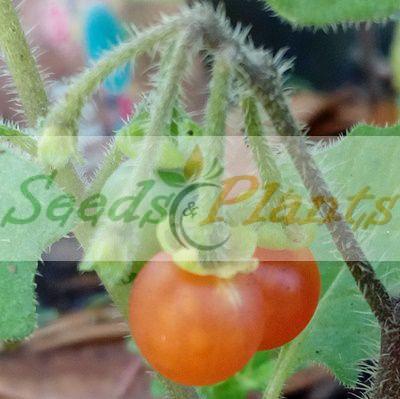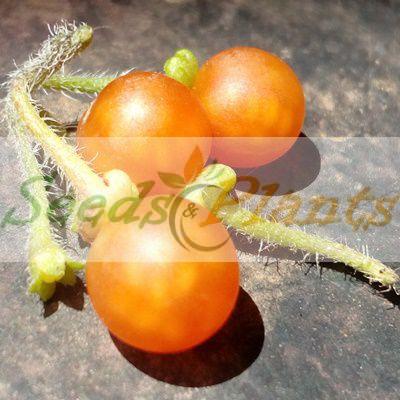-
×
 Garden Strawberry - 10 Seeds
1 × R30.00
Garden Strawberry - 10 Seeds
1 × R30.00
Thornless Blackberry – 20 Seeds
(Rubus fruticosus ‘Hull’)
R50.00
Blackberries bear best on old wood, which are stems in their second or third year. This particular variety sport white and light pink flowers on the same plant, as can be seen in the photos.
Seed Type: Organic – Harvested from our own plants.
Indoor Sowing: Cold Stratification and then transplant once big enough.
Direct Sowing: Autumn and Early Winter.
Only 3 left in stock
Thornless blackberry (Rubus fruticosus ‘Hull’) is a perennial plant with biennial growth and fruiting habit. Blackberry plants grow in a spreading shrub habit and are classed as either erect or semi-trailing. Unlike the regular Blackberry plant, this Blackberry variety is thorn-less. The tall, woody canes (stems) of thornless blackberry plants produce green foliage and while most blackberry varieties produce white flowers, this particular variety sport white and light pink flowers on the same plant, as can be seen in the photos. Blackberries bear best on old wood, which are stems in their second or third year.
Growing Thornless Blackberry from Seed
Indoor Sowing: Cold Stratification and then transplant seedlings once big enough.
Direct Sowing: Autumn and Early Winter.
- The seeds need to be stratified before planting.
- Place the blackberry seeds in a resealable plastic bag along with a handful of damp peat moss. Seal the bag, and place in a refrigerator.
- Keep the seeds chilled for 12 to 16 weeks.
- Fill seed trays with seed starter soil, and spread the blackberry seeds on top of the soil.
- Lightly cover the seeds with soil, and place in a warm area.
- Blackberry seed germination does not require bright light since the seeds are covered with soil.
- Mist the soil with water in a spray bottle whenever the soil begins to dry out.
- Once seedlings begin to sprout, move the tray to an area with bright light.
- When transplanting into the garden, select a planting area in full to partial sun.
- Pick a location with good drainage.
- Spread a layer of well-rotted compost over the planting area and work the compost into the top 8 inches of soil. This gives the blackberry plants a good source of slow-release nutrients. Smooth the soil with a rake.
- Dig holes with a hand trowel only as deep and wide as the seedlings’ root balls.
- Place the seedlings in the holes, and fill with soil.
- Gently firm the soil around the brambles so that they stand up.
- Water the soil around the base of the blackberry plants until it is slightly muddy.
- Give the berry plants 1 inch of water each week when there is no rainfall during the summer.
- Mulching benefits blackberry bushes by reducing weed growth, slowing soil moisture evaporation and providing slow-release nutrients. Keep the mulch layer thick throughout the life of the blackberry bushes.
- Can be successfully grown in containers as well.
Disclaimer
Medicinal Information:
All medicinal information on this website is for educational and informational purposes only and may not be construed as medical advice. The information is not intended to replace medical advice or treatment offered by healthcare professionals.
Seeds, Plants, Plant Cuttings, Geophytes and Dried Herbs:
In some countries and provinces, certain plants are deemed as invasive and are not allowed to be planted at all, whilst some plants are allowed to be grown only in certain areas or provinces. The onus is on you as the buyer to familiarize yourself with the regulations pertaining to your location, before purchasing any of our seeds, plants, plant cuttings, geophytes or dried herbs. We will not be held liable, should you purchase any seeds, plants, plant cuttings, geophytes or dried herbs. from us which are prohibited in your country or province.

